Small rodents known as lemmings are typically found in tundra biomes in or near the Arctic. Together with voles and muskrats, lemmings make up the subfamily Arvicolinae (formerly known as Microtinae), a member of the superfamily Muroidea, which also contains rats, mice, hamsters, and gerbils.
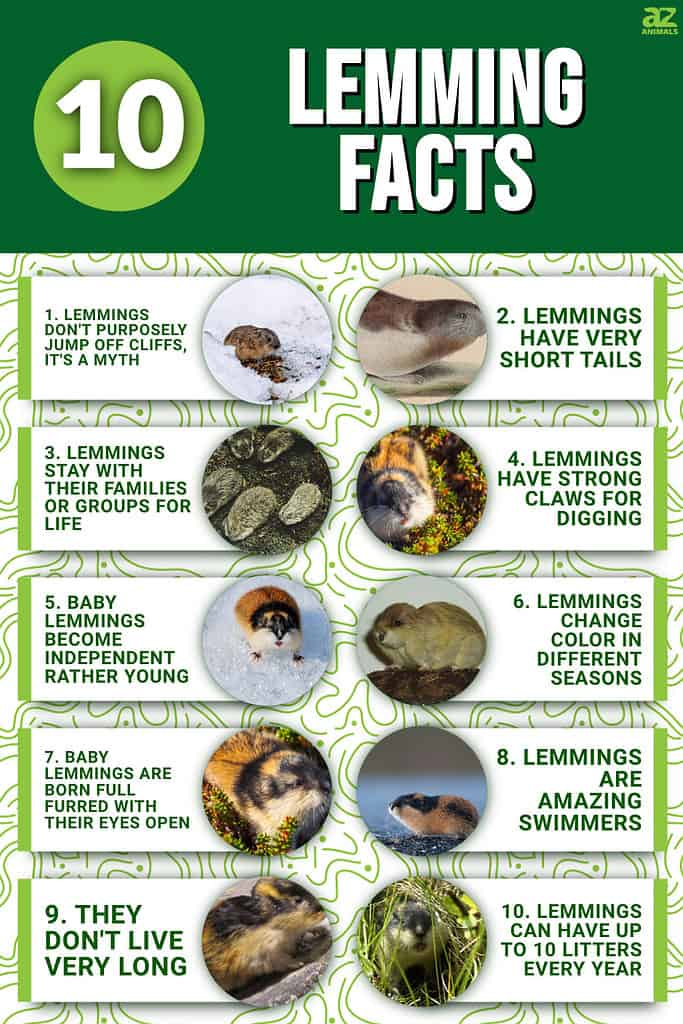
Small, hairy rodents called lemmings inhabit some of the world’s coldest climates. They are incredibly resilient creatures that have evolved to endure in their hostile habitat for thousands of years. Here are 10 incredible facts about these amazing creatures!
1. Lemmings Don’t Purposely Jump off Cliffs, It’s a Myth
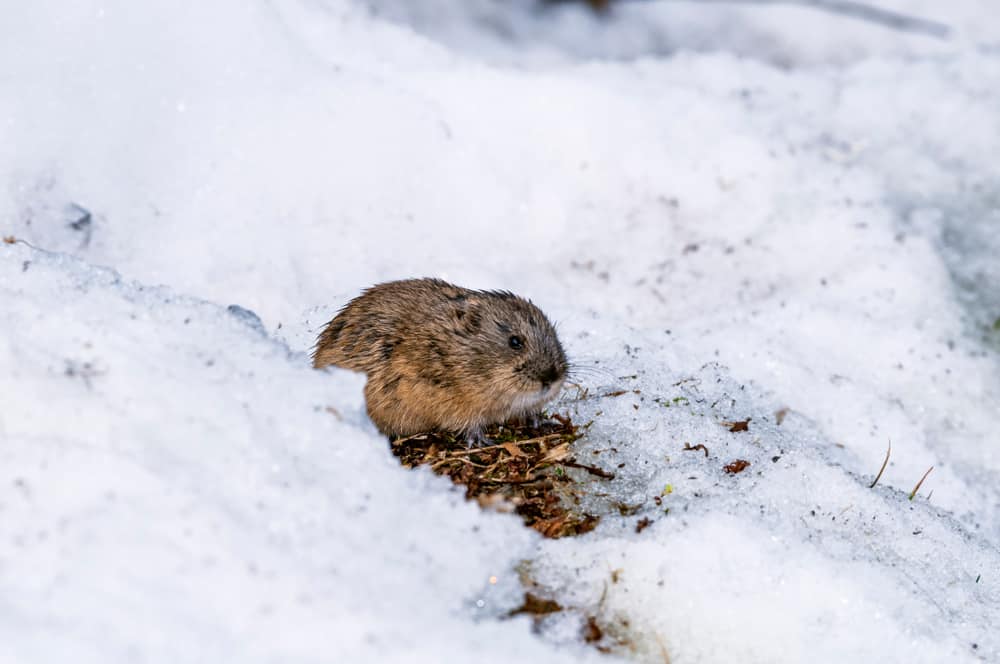
The lemming is a small rodent related to voles and muskrats.
©Nick Pecker/Shutterstock.com
Popular culture has a persistent notion that lemmings leap from cliffs and kill themselves. However, lemming suicide is fiction; it doesn’t occur in real life. Yes, your biology teacher was mistaken. Lemmings don’t dive into the ocean or leap from cliffs. The myth originated from a miscommunication between two teams of scientists studying lemmings in Norway.
One team mistakenly believed it had witnessed the suicide of the other team’s research subjects. However, this misconception has produced several incorrect inferences about what actually occurs during large-scale animal migrations like the lemming migration.
Many species, including birds, fish, and even humans, have been witnessed migrating in large numbers at various times (for example, on pilgrimage routes). When it happens within a species’ range, the phenomenon is referred to as “dispersal,” but when animals move over great distances, it is referred to as “migration.”
2. Lemmings Have Very Short Tails

The Arctic lemming, like other lemmings, has a very short tail.
©Imperatorskaia akademīia nauk / Public Domain – License
Lemmings have incredibly tiny tails and don’t use their tails for balance, social interaction with other lemmings, or even swimming in the water. So, what does the lemming’s tail serve? It turns out there is no known purpose!
There are two basic theories as to why this is the case, although neither has been confirmed beyond a reasonable doubt. According to one idea, if every single lemming had a long tail, it would be practically impossible for predators (like foxes) to target individual animals and eat them all up because there are so many lemmings in a population. This implies that longer-tailed individuals would have gradually been eliminated by predators, leaving only shorter-tailed ones!
Another idea contends that female lemmings may use their short, stubby tails as “flags” to attract males during the mating season. However, these theories have not yet undergone sufficient testing to be regarded by me — and most likely by you as well — as fact rather than conjecture or supposition.
3. Lemmings Stay with Their Families or Groups for Life
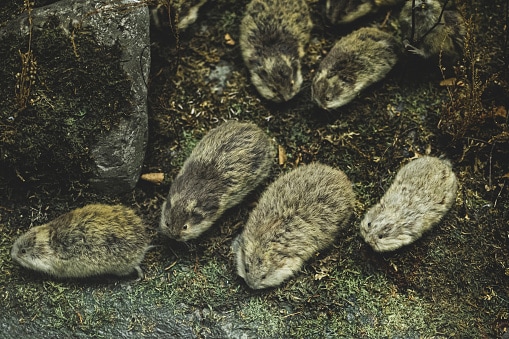
If a lemming becomes separated from its family unit, it becomes an outcast and essentially seals its fate.
©Viktoria Ruban/iStock via Getty Images
Lemmings have an extraordinarily strong feeling of family, which explains why they frequently rush into lakes and jump off cliffs. If you’ve ever wondered why this is, it’s not because they are foolish. Lemmings are social animals that dwell in big clans containing up to 500 individuals. There is a clear hierarchy within each clan, with the heaviest males at the top and women and young people at the lower ranks.
Lemmings can’t break away from their family group because if they did, they’d also be outcasts from every other group. Lemmings will starve to death if this occurs because when food is scarce (like during the winter), each family member must participate by locating food for the group as a whole; hence, leaving is essentially a death sentence.
4. Lemmings Have Strong Claws for Digging
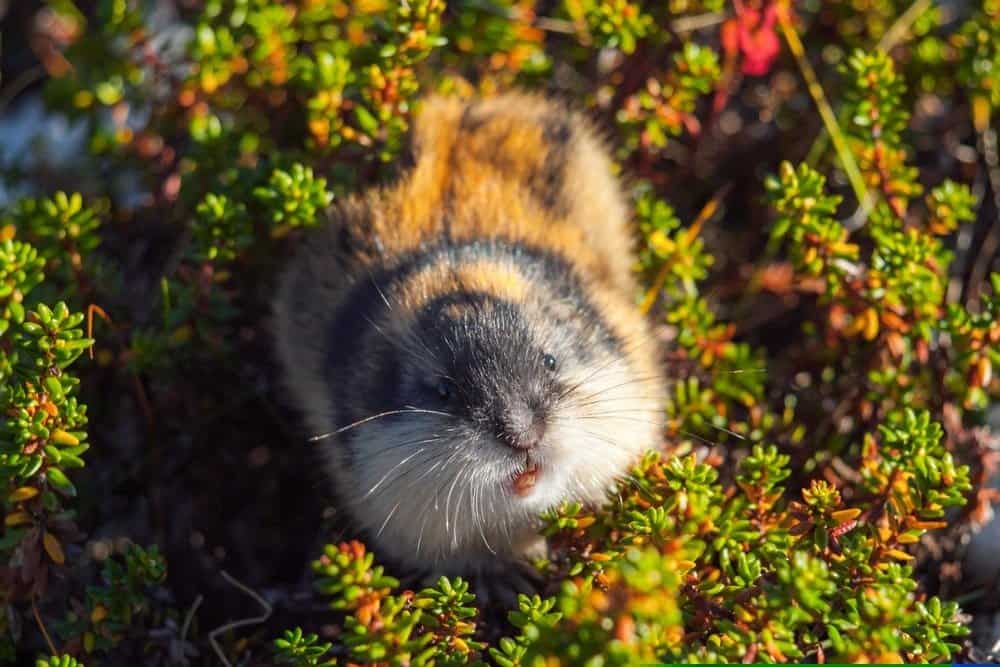
Lemmings create burrows and tunnels with their strong claws.
©AnnaSmirnova/Shutterstock.com
The strong claws of lemmings allow them to create tunnels and burrows. Lemmings may construct tunnels and burrows because of their powerful, pointed claws. The lemming digs a nest or a burrow underground where they can raise their young, lay eggs, hibernate throughout the winter, avoid predators, or cool themselves if the weather is too hot.
5. Baby Lemmings Become Independent Rather Young

Young lemmings become independent at around three months of age.
©Angelica Klingberg/Shutterstock.com
Before becoming independent, they spend around three months living with their mother. They are already prepared to go because they are born with fur and eyes open.
Lemming babies are born with teeth and claws as well. Young lemmings do not require any assistance from humans; after just six weeks of gestation, they are capable of surviving on their own. This makes sense when you realize that newborn lemmings are born alone from a single egg, not in a litter (kind of like chickens).
6. Lemmings Change Color in Different Seasons
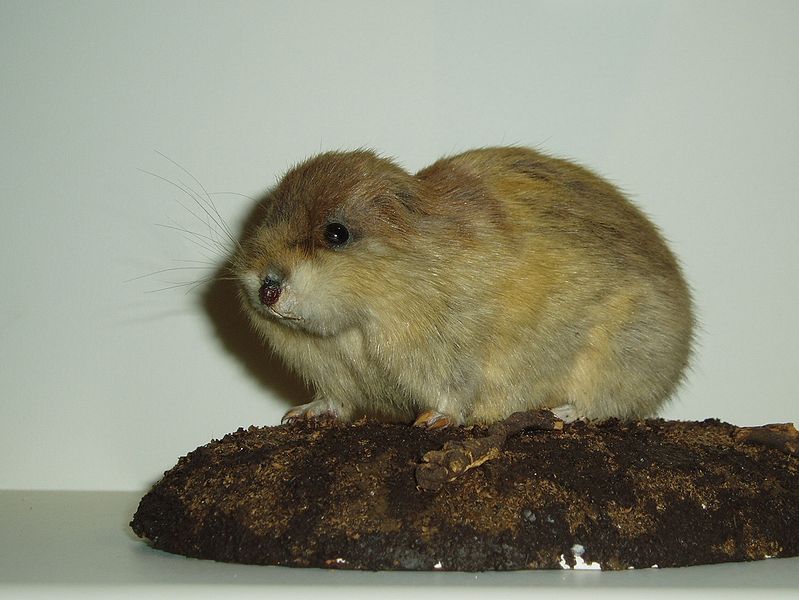
Lemmings are brown in summer and white in winter. This helps them blend into their surroundings.
Lemmings turn brown in the summer and white in the winter. Lemmings have brown fur in the summer to keep warm and white fur in the winter to help them blend in with the snow. It is referred to as “cryptic coloring.”
Through cryptic coloring, animals can conceal themselves from predators by blending into their surroundings. When traveling a flat expanse of the ground like tundra, some lemmings also have a short trail that prevents them from getting caught in snowdrifts.
7. Baby Lemmings Are Born Full Furred With Their Eyes Open
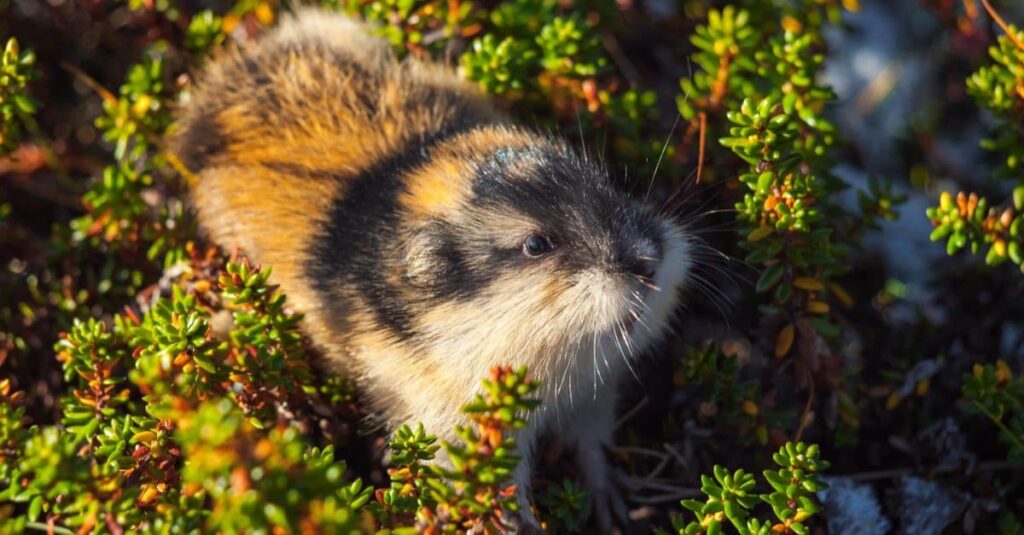
Lemmings are born with full fur coats and eyes wide open, allowing them to mature quickly.
©AnnaSmirnova/Shutterstock.com
Lemming babies are born completely furred and with wide eyes. They do have tiny teeth that erupt before they even leave the nest. Furthermore, mother lemmings do not have just one youngster at a time; she typically has 5–6 babies at once! Lemming young are born in the spring and spend the first two weeks of their lives in their mother’s nest before venturing outside.
8. Lemmings Are Amazing Swimmers
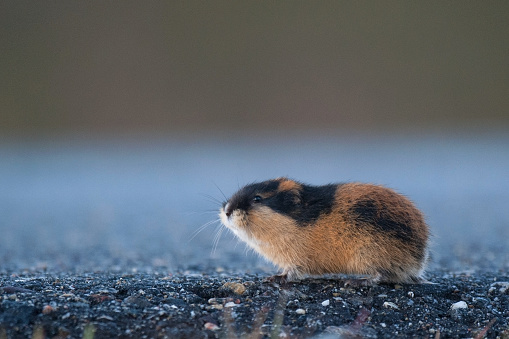
Lemmings are waterproof, so when their fur gets wet, they don’t get heavier.
©AGAMI stock/iStock via Getty Images
Lemmings have incredibly strong swimming abilities and can swim up to 10 miles daily! They can also swim in any direction and in both fresh and saltwater (upstream or downstream). Lemmings are equipped with a thick fur coat that keeps them warm in the water.
Additionally, it is waterproof, so when it gets wet, unlike most other animals’ hair, it doesn’t become heavy. Lemmings can even maintain their buoyancy for up to two hours if necessary. This implies that you shouldn’t be alarmed if you witness a lemming plunge into the water from a cliff face or bridge above the river.
The infants pick up their mothers’ swimming skills while still nursing! Lemmings have fur, open eyes, and can swim when born. The moms first teach them to run after the mother’s scent before teaching them to swim in the water. Lemmings, sometimes known as “families,” are born in bunches.
9. They Don’t Live Very Long

The oldest known lemming was only six years old. They typically live two years in the wild.
©Argus fin – Public Domain
The oldest lemming ever discovered was six years old. Lemmings are a particular species of rodent that inhabit the Arctic tundra and feed on grasses. Lemmings typically live for two years, but if kept in captivity, they may survive up to six years. Because of harsh weather and predators like foxes and birds of prey, lemmings in their natural habitat have shorter life spans.
10. Lemmings Can Have Up to 10 Litters Every Year

Lemming litters typically cling to their moms for around three weeks before dispersing on their own.
Lemmings reproduce frequently and have a brief gestation period compared to other rodents. Lemming litters typically contain ten young. However, they only cling to their moms for around three weeks before dispersing on their own.
Related Animals:
The photo featured at the top of this post is © AnnaSmirnova/Shutterstock.com
Sources
- Wikipedia, Available here: https://en.wikipedia.org/wiki/Lemming
- Active Wild, Available here: https://www.activewild.com/lemming-facts/
- Fact Animal, Available here: https://factanimal.com/lemming/
Thank you for reading! Have some feedback for us? Contact the AZ Animals editorial team.






